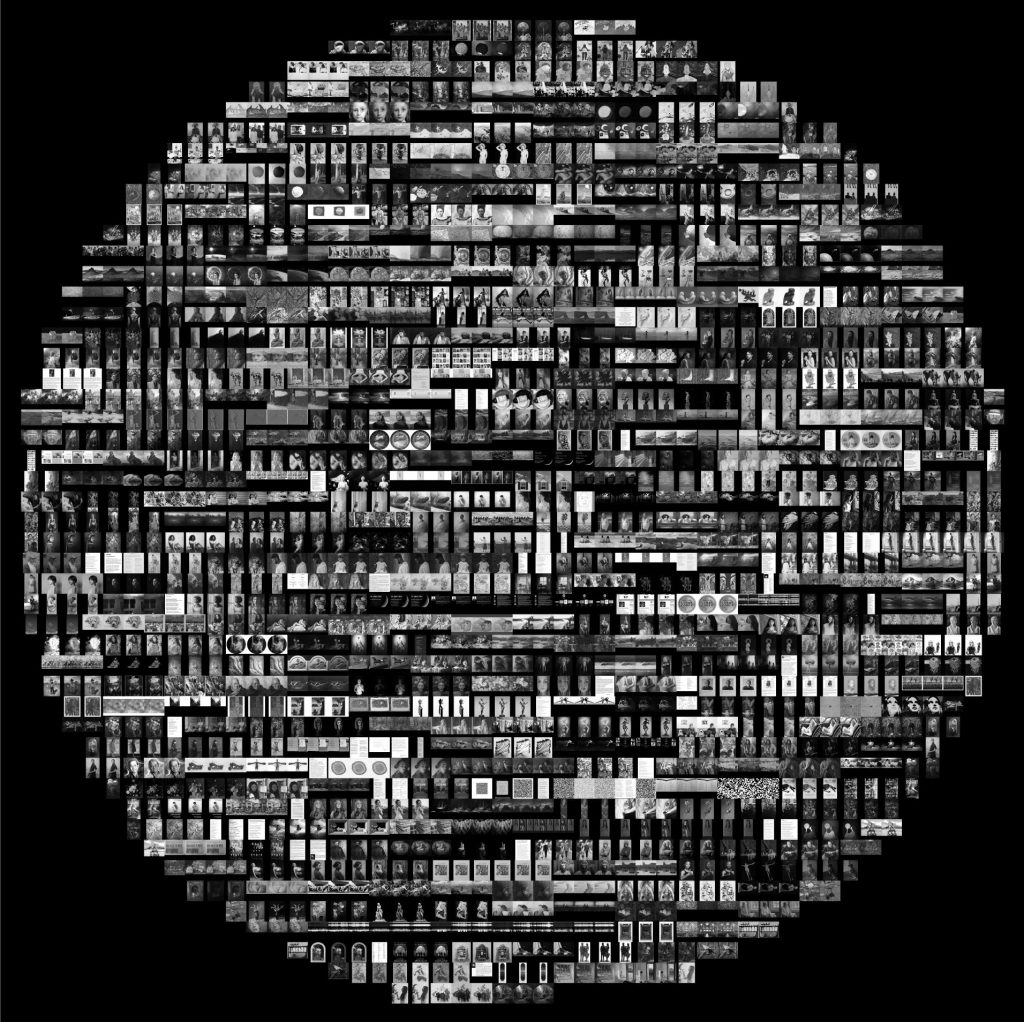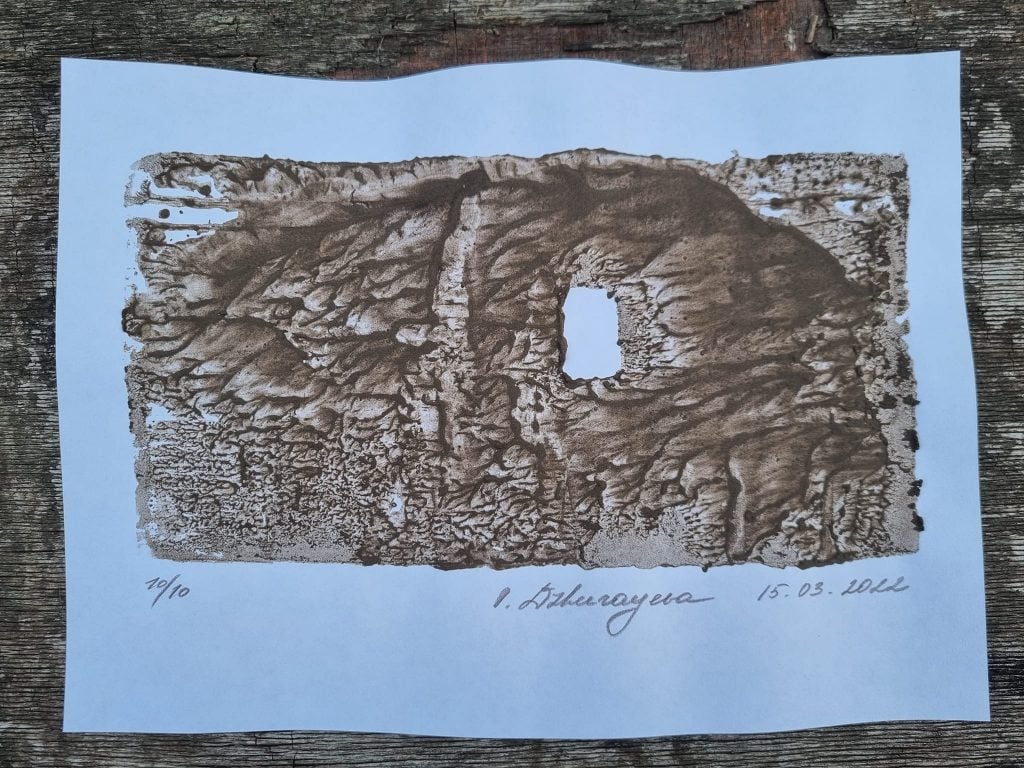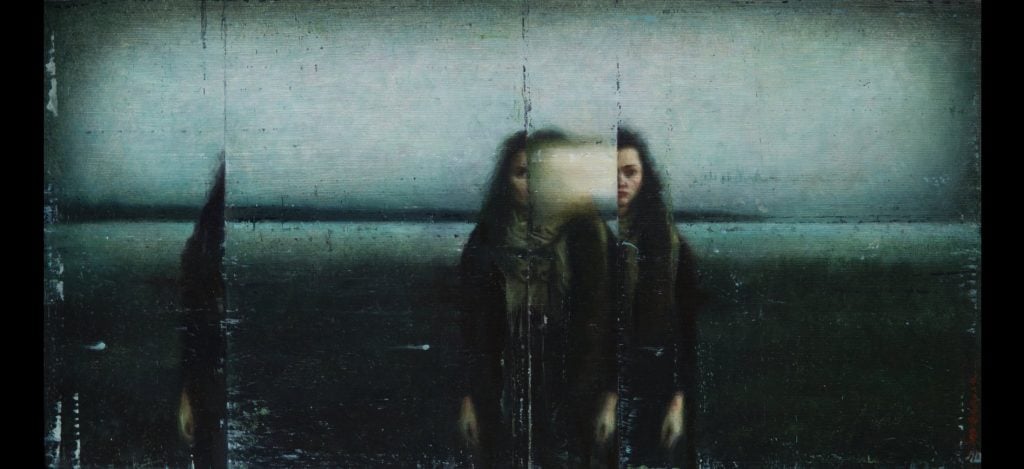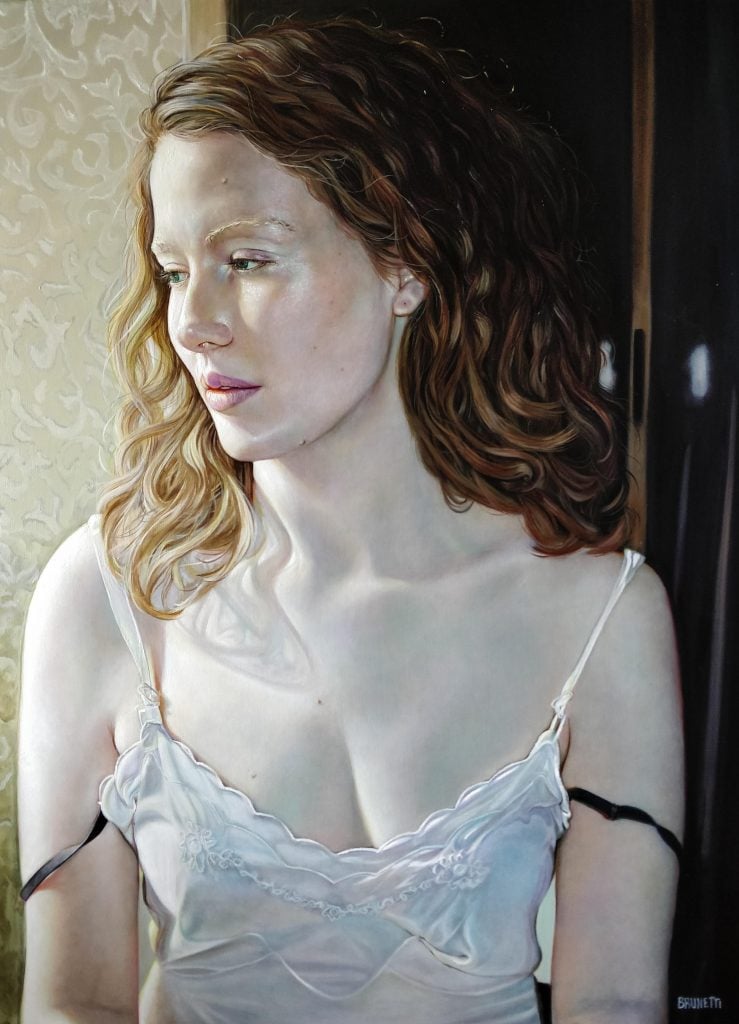Art & Tech
A Global Project Is Sending Time Capsules to the Moon Containing Artworks and Objects by More Than 30,000 Creatives
The works will be sent in commercial shipments in tandem with NASA's Artemis missions.

The works will be sent in commercial shipments in tandem with NASA's Artemis missions.

Adam Schrader

A project created by a semiretired physicist will send a collection of art, poetry, film, and other creative works to the moon in commercial payload shipments in tandem with NASA’s Artemis missions.
Founded by Samuel Peralta, the initiative called the Lunar Codex plans to send the work of 30,000 creatives from 157 countries in four “time capsules,” collectively termed the “Lunar Codex.” The works have each been digitized on memory cards or transferred onto NanoFiche, a nickel-based film technology that can preserve large amounts of analog information in a microscopic size.
“I dreamed of going to the moon and one day it was possible. I’m sharing that dream with many of the artists, authors, musicians, and filmmakers whose work I love,” wrote Peralta on the website for the Lunar Codex.
The Lunar Codex is comprised of four time capsules, named the Orion Collection, the Nova Collection, the Peregrine Collection and the Polaris Collection.
The Orion Collection has already been into space. It was launched on the Orion spacecraft by NASA’s Space Launch System as part of the Artemis 1 mission and returned to Earth on December 11, 2022.
The Nova Collection will be the next one launched, sometime in October or November. It will be taken into space by a SpaceX Falcon 9 rocket with a NASA CLPS-2 Mission Lander to the Malapert A crater at the lunar south pole.
That launch will be followed by the Peregrine Collection the following month, which will be taken to a small lunar plain named Sinus Viscositatis onboard an Astrobotic Peregrine Lander sent to the moon by a United Launch Alliance Vulcan Centaur rocket.
Finally, the Polaris Collection will be taken to the Nobile Crater by a NASA Viper rover after landing onboard an Astrobotic Griffin Lander launched by a SpaceX Falcon Heavy rocket.
“Together, these collections make up the ‘Lunar Codex,’ the first significant placement of contemporary arts on the moon in over 50 years. While focused on visual art, the ‘Lunar Codex’ also includes a substantial collection of contemporary books, stories, poetry, essays, music, films, and more,” Peralta said.

Olesya Dzhurayeva, Window of Hope (2022). Photo courtesy of Olesya Dzhurayeva via Mesh Gallery.
Many of the works are space-themed—from Alex Colville’s 1980 screen print New Moon to Sean William Randall’s 2016 painting The Dreaming Moon and Doreen Foster’s 2012 etching and aquatint print Moon Dance.
The Lunar Codex also contains a notable collection of work from female artists, such as linocuts by Ukrainian printmaker Olesya Dzhurayeva, who evacuated Kyiv in April 2022 amid the war with Russia. Other notable works include 2021 Bennett Prize winner Ayana Ross’s painting New American Gothic (2020).
The codex is also the first to include work from disabled artists, as well as poetry from a collaboration between a human and artificial intelligence models, according to Peralta.
The Lunar Codex is one of several trying to send permanent archives of human expression into space.

Viktoria Savenkova, Yesterday Today Tomorrow (2019). Photo courtesy of 33 Contemporary Gallery/
The Arch Mission Foundation, a nonprofit led by Nova Spivack and which boasts advisory board members including Bill Nye and Internet Archive founder Brewster Kahle, has also sent archives into orbit around the sun and into space. The organization plans to send an archive into orbit around Mars by next year and to the surface of the planet in coming decades.
The first work of art to travel to the moon was The Moon Museum, a ceramic tile created by Forrest Myers, in 1969. It featured drawings by artists including Andy Warhol, Robert Rauschenberg, David Novros, John Chamberlain and Claes Oldenburg.
In 1971, NASA followed that up by sending an aluminum sculpture by the Belgian artist Paul van Hoeydonck into space as part of the Apollo 15 mission.

Heather Brunetti, Pearl (2020). Photo courtesy of 33 Contemporary Gallery.
NASA later sent its Golden Record time capsule into space as part of the Voyager probes in 1977.
“The Lunar Codex is different from other archival projects in several ways. It focuses on contemporary arts — not Shakespeare, or Mozart, or Rembrandt. Others are working to preserve that,” Peralta said in remarks to Artnet News.
“Another way it differs from other projects is that it charges artists nothing for inclusion, and that works must have been pre-curated by a gallerist, curator, editor, or anthologist that I know to be professional. Other projects charge fees or are more liberal with their inclusion requirements.”
He added that, with representative creatives from 157 countries, the Lunar Codex “is currently the only truly global archival project being launched into space.”
More Trending Stories: